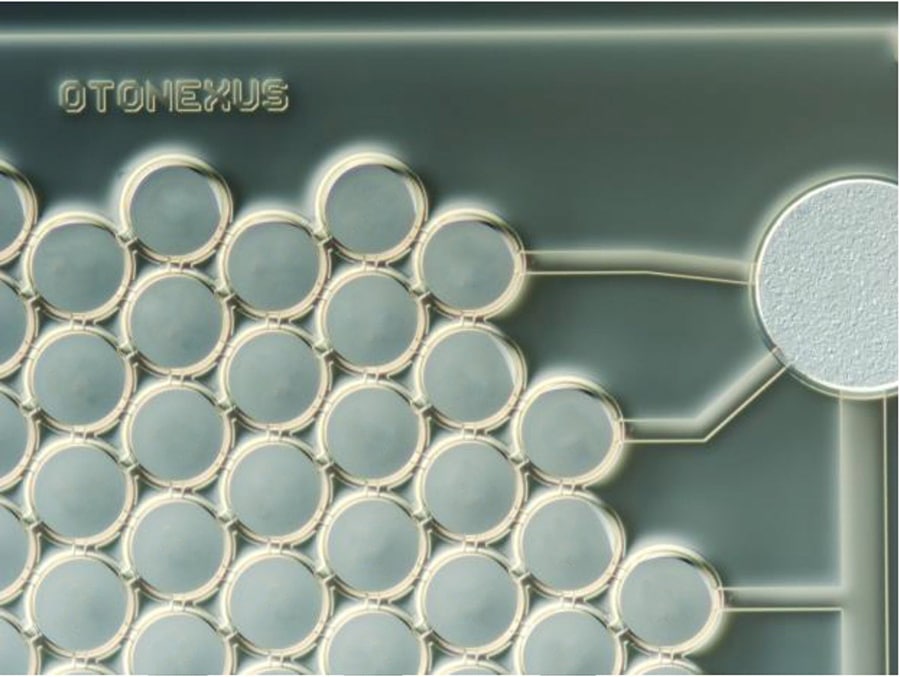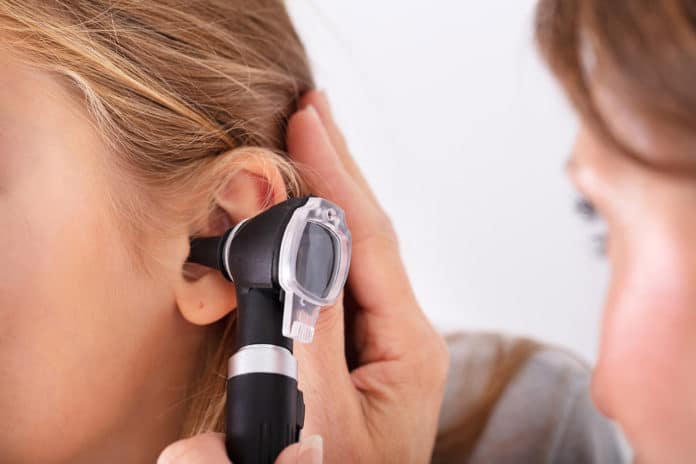Currently, doctors likely use a lighted instrument called an otoscope to look into your ear or to check for middle-ear infections.
Now, researchers have developed a new type of ultrasound transducer that when integrated into an otoscope, can reportedly deliver a fast and reliable diagnosis of middle-ear infection, also known as otitis media. It will help physicians decide whether a course of antibiotics is really necessary.
The technology is developed at the Fraunhofer Institute for Photonic Microsystems IPMS in collaboration with the U.S. company OtoNexus Medical Technologies.
An otoscope, integrated with the new transducer, still allows doctors to visually examine the external auditory canal and, more particularly, the area behind the eardrum – just like a regular otoscope does.
The ultrasound transducer – which is both a transmitter and receiver – emits ultrasonic pulses and captures the echoes that are reflected from the eardrum. By analyzing the nature of those echoes, the device then determines the amount and consistency of any fluid that may be present behind the eardrum, within the middle ear.

In a matter of seconds, the device will tell whether there is air or fluid in the middle ear, and to characterize this fluid. This will permit Pediatricians to distinguish between different stages of the illness and thereby determine the appropriate treatment.
The innovative transducer features a capacitor formed by two electrodes separated by a small air-filled gap. “One of these electrodes is flexible,” explains Dr. Sandro Koch, a physicist at Fraunhofer. “We use the vibrations of this electrode to transmit ultrasonic pulses. When the echo from this signal strikes a flexible membrane, the resultant vibration is converted into a detectable electrical signal.”
It is produced on a silicon wafer utilizing special microelectromechanical systems (MEMS) technology and can be incorporated much more easily in an otoscope. The team also claims that the transducer has low power consumption and can be mass-produced cheaply.
The new otoscope featuring a Fraunhofer new ultrasound sensor is now undergoing clinical studies. It is currently at the prototype stage and is hoped to be commercially launched within a few years. Recently we have seen that a smartphone app can also help diagnose ear infections in a child’s ear at home.
